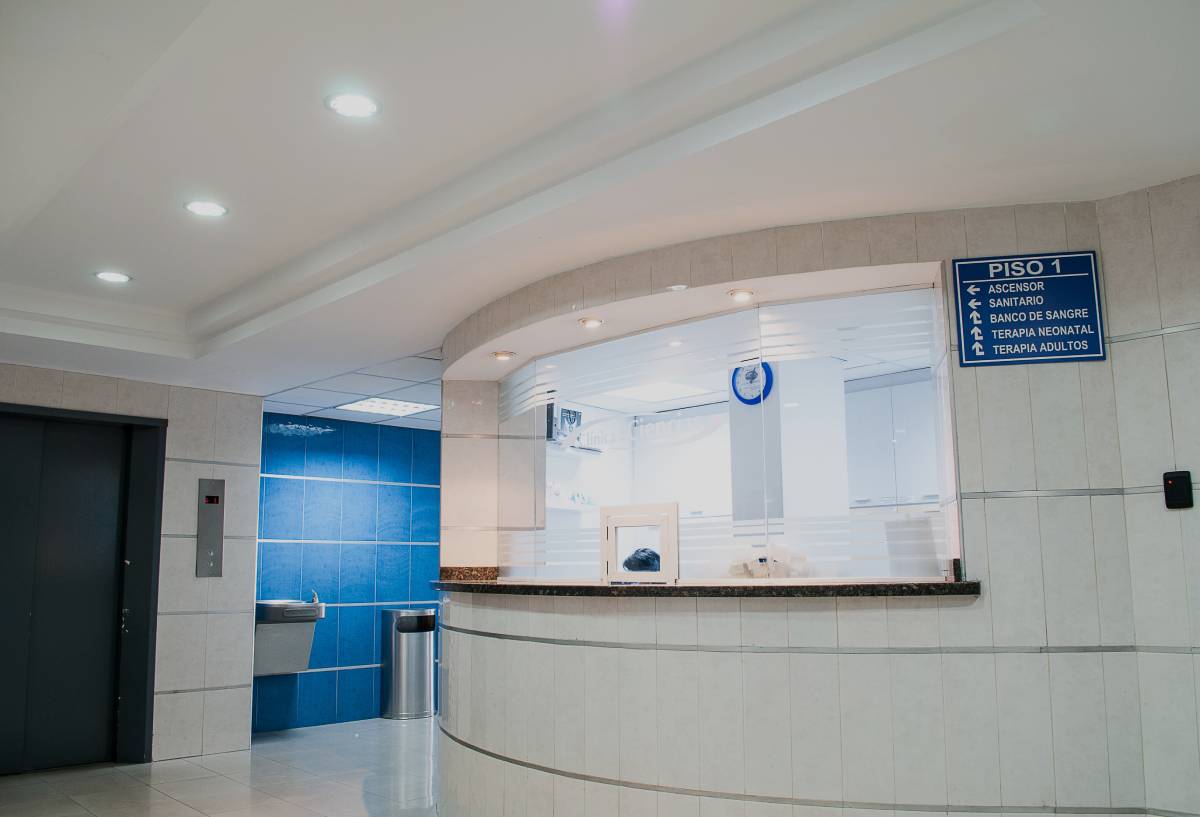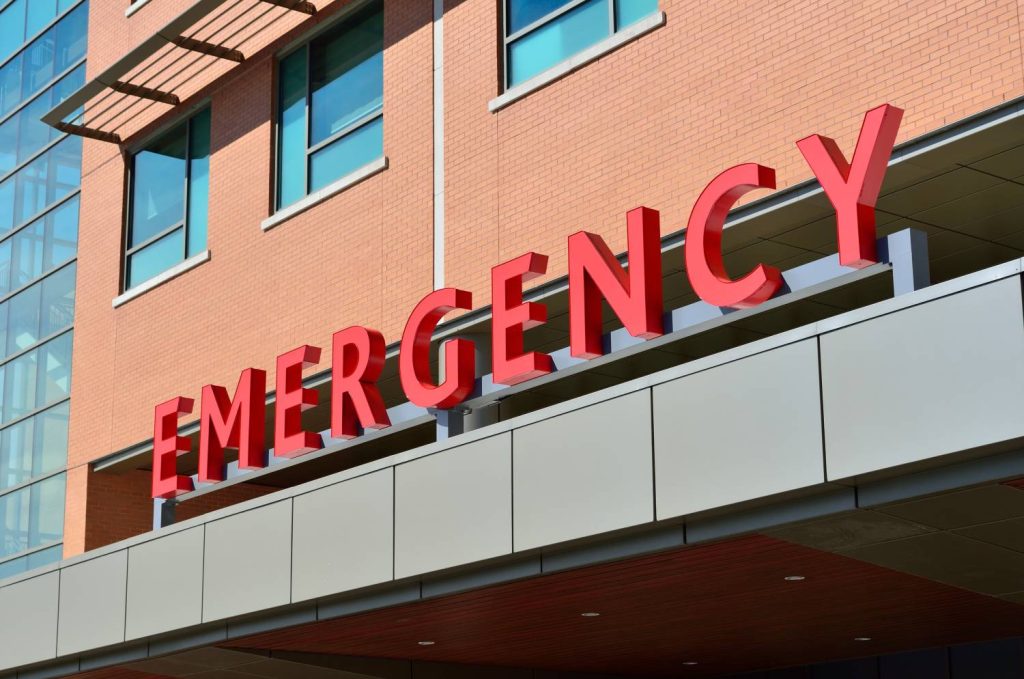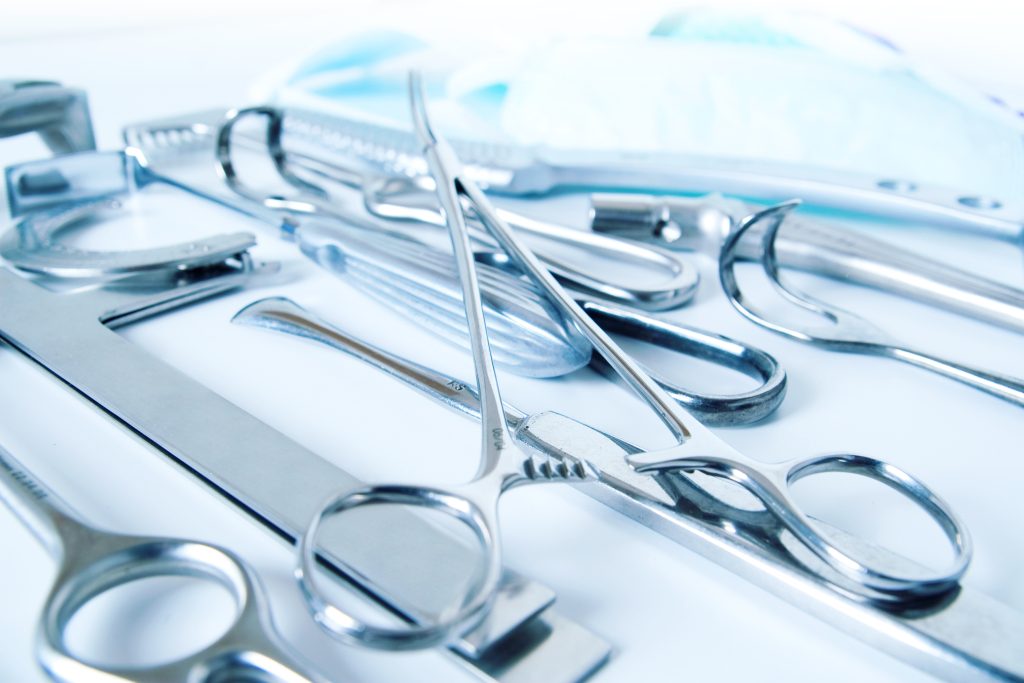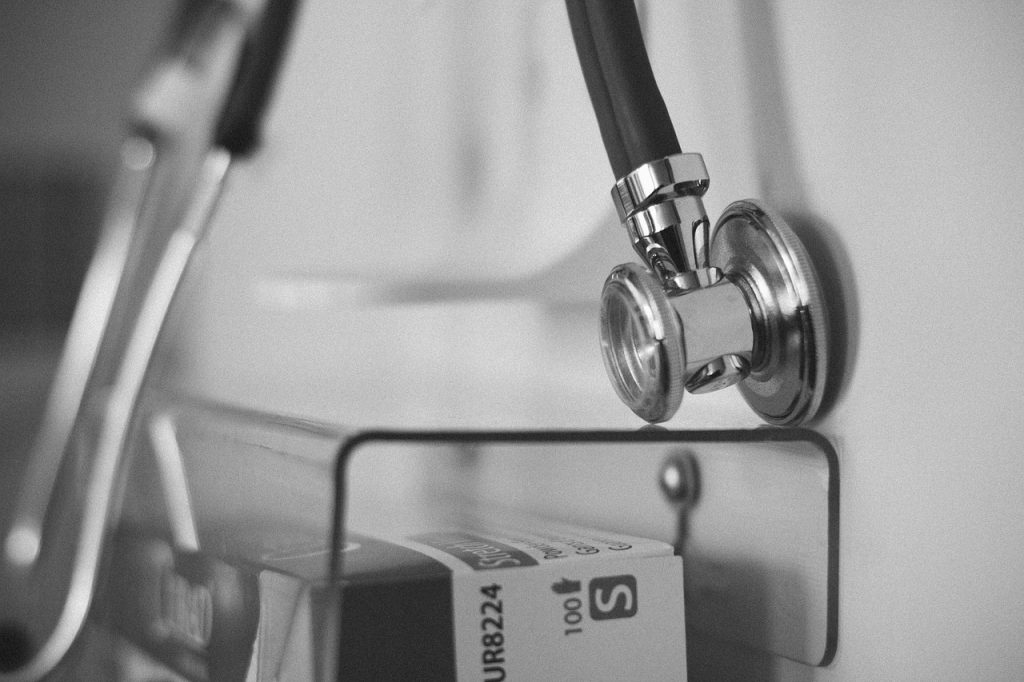
Sector
Medical gases for hospitals
In the hospital sector, medical gases play a key role in various areas of medical care. Their application is essential for a wide range of procedures and situations, from emergency care to long-term treatment and specific diagnostics.


